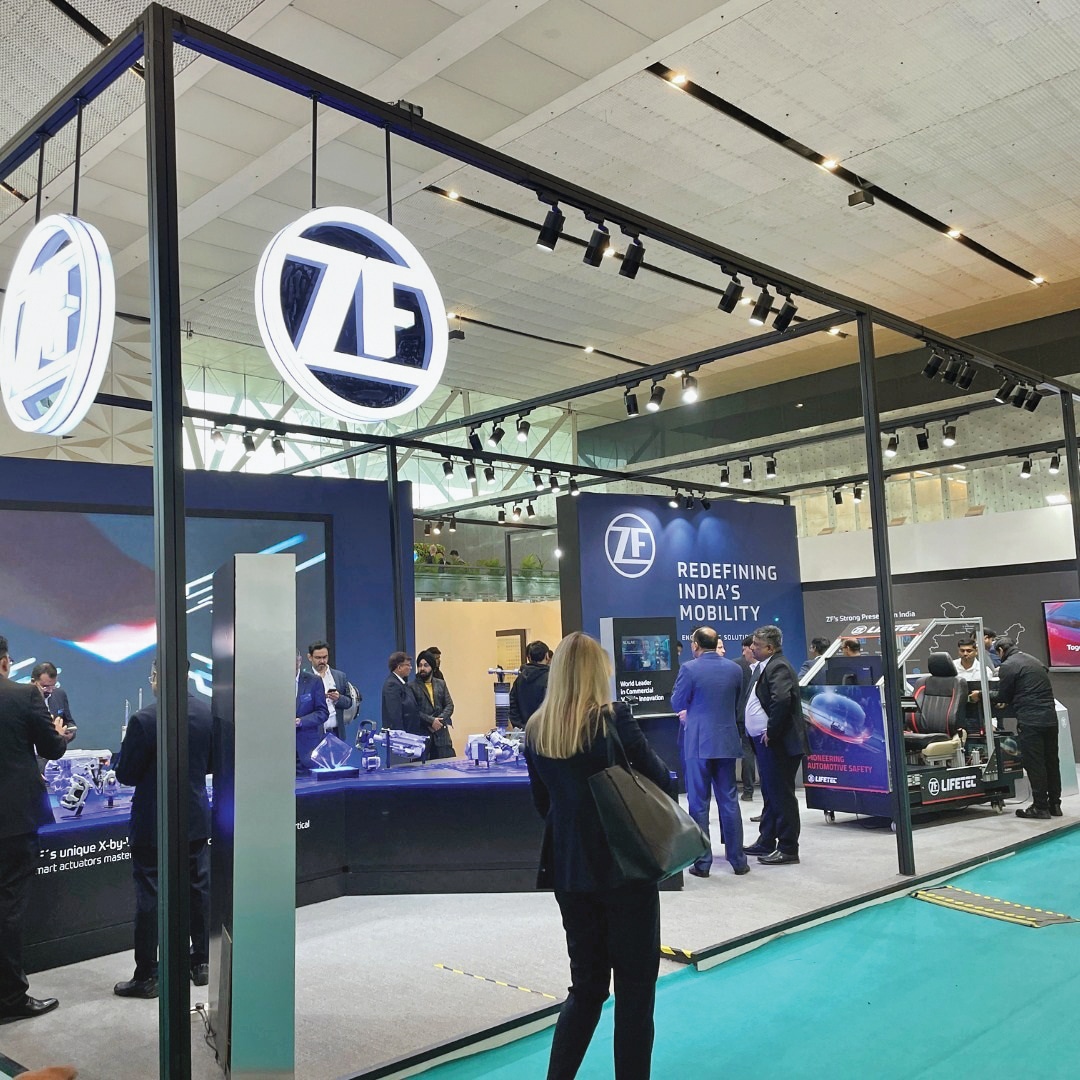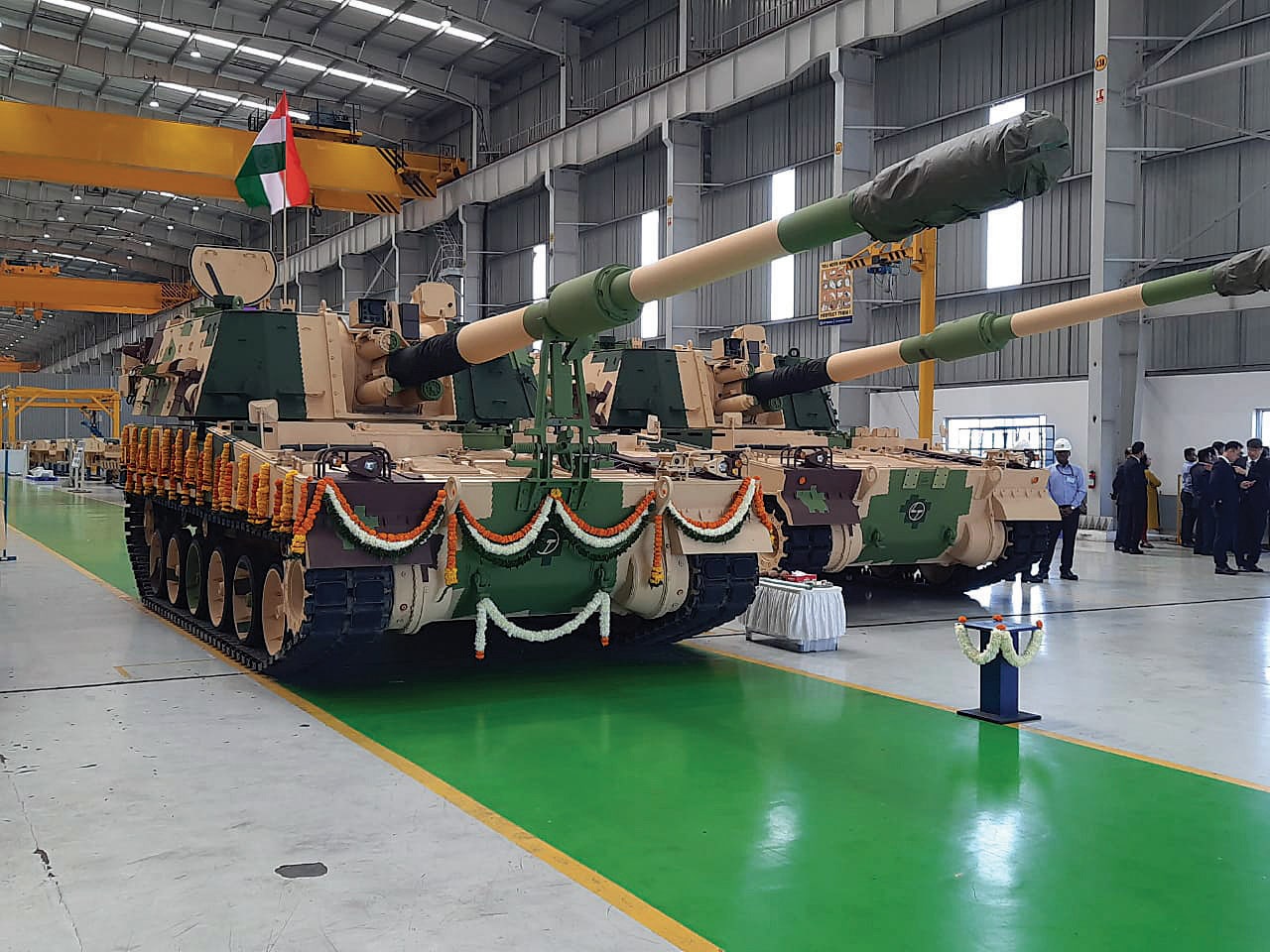Visteon’s HMeye cockpit concept uses eye gaze, head direction and image attribute tracking to make vehicle control selections
Visteon Corporation recently unveiled an automotive cockpit concept demonstrating how drivers can select certain controls through eye movement and head direction. Hidden eye-tracking cameras capture this data to deliver an advanced human-machine interaction (HMI).
This concept has received interest from auto manufacturers and has also impressed vehicle owners. Prior to the final build of the concept, Visteon presented an early version to consumers at a research clinic, where 81 percent of respondents felt that the system was easy to operate and 78 percent found it enjoyable to use.
“Visteon continually introduces working prototypes that utilize advancements in technologies traditionally found outside of the automotive space,” said Martin T. Thall, president, Visteon Electronics. “We want to spark creative dialogue with our customers that can result in new automotive solutions to improve the driving experience.”
The objective of the HMeye cockpit concept was to develop an HMI control solution that enabled drivers to keep their hands on the wheel, potentially mitigating distraction. Vehicle controls such as the radio, cabin temperature and navigation all can be operated through the drivers’ eyes.
“The eye gaze feature and steering wheel controls provide fast response time,” said Paul Morris, innovation manager at Visteon. “This has the potential to improve safety by minimizing the driver’s eye movement away from the road and keeping his or her hands on the wheel.”
“Advancements in camera technology, along with size reduction, have allowed the automotive industry to incorporate camera capabilities for in-vehicle applications at a reasonable cost,” Morris added. “This system showcases technologies that may lead the movement toward autonomous driving.”
The HMeye cockpit demonstrates technologies from Visteon’s electronics business, which delivers innovative in-vehicle user experiences through solutions in user interfaces, connectivity and open architectures.







Leave a Reply